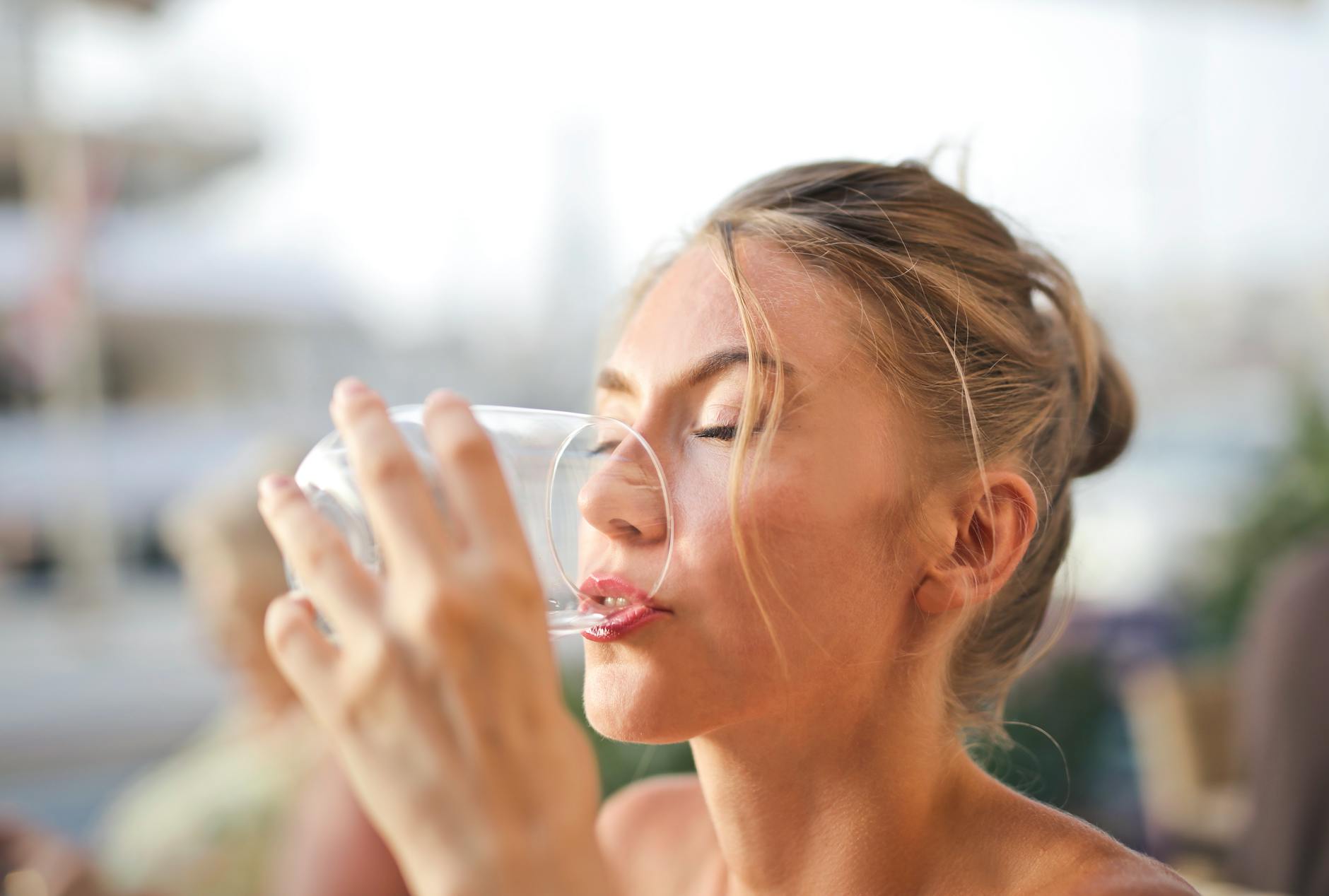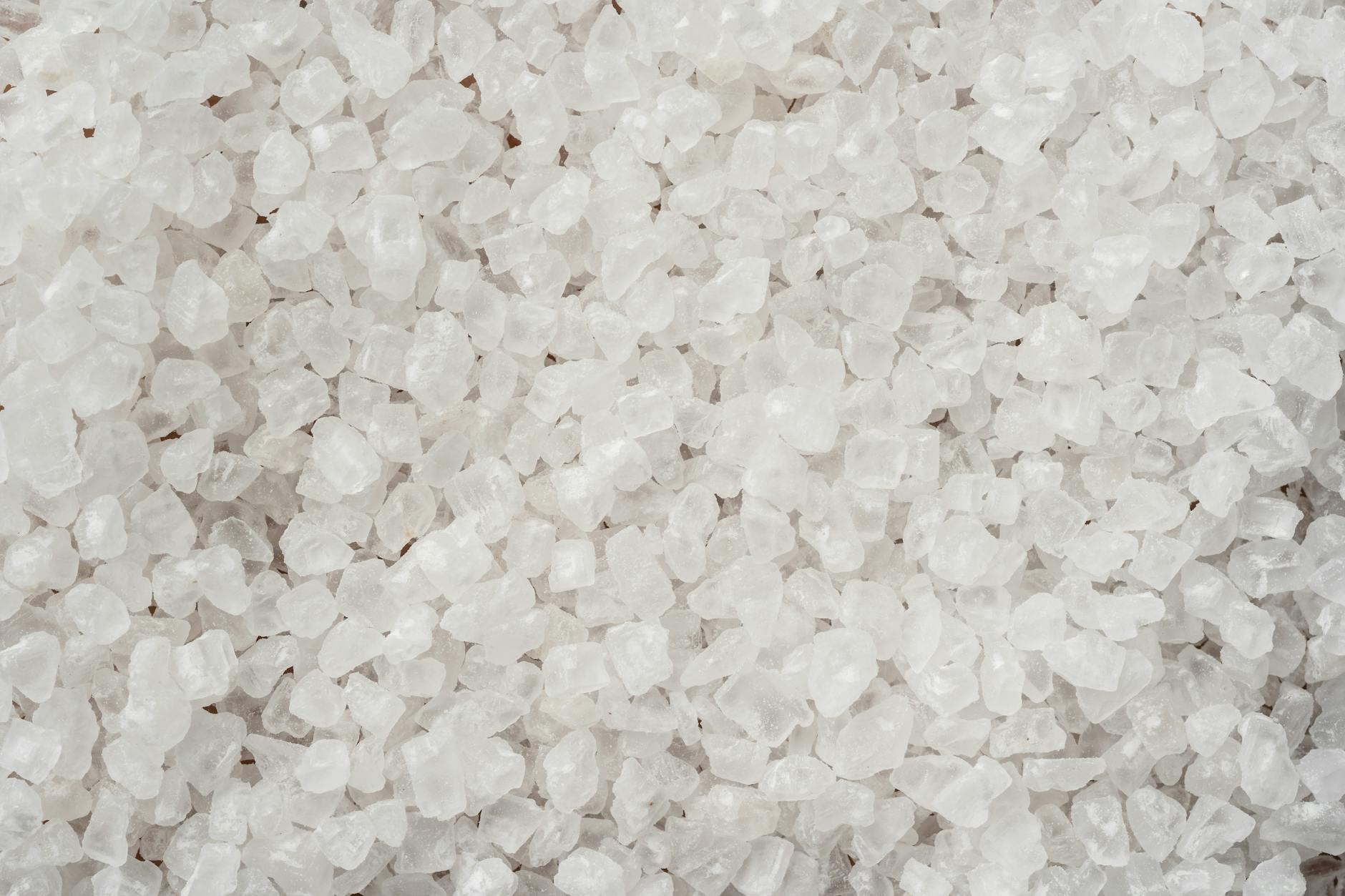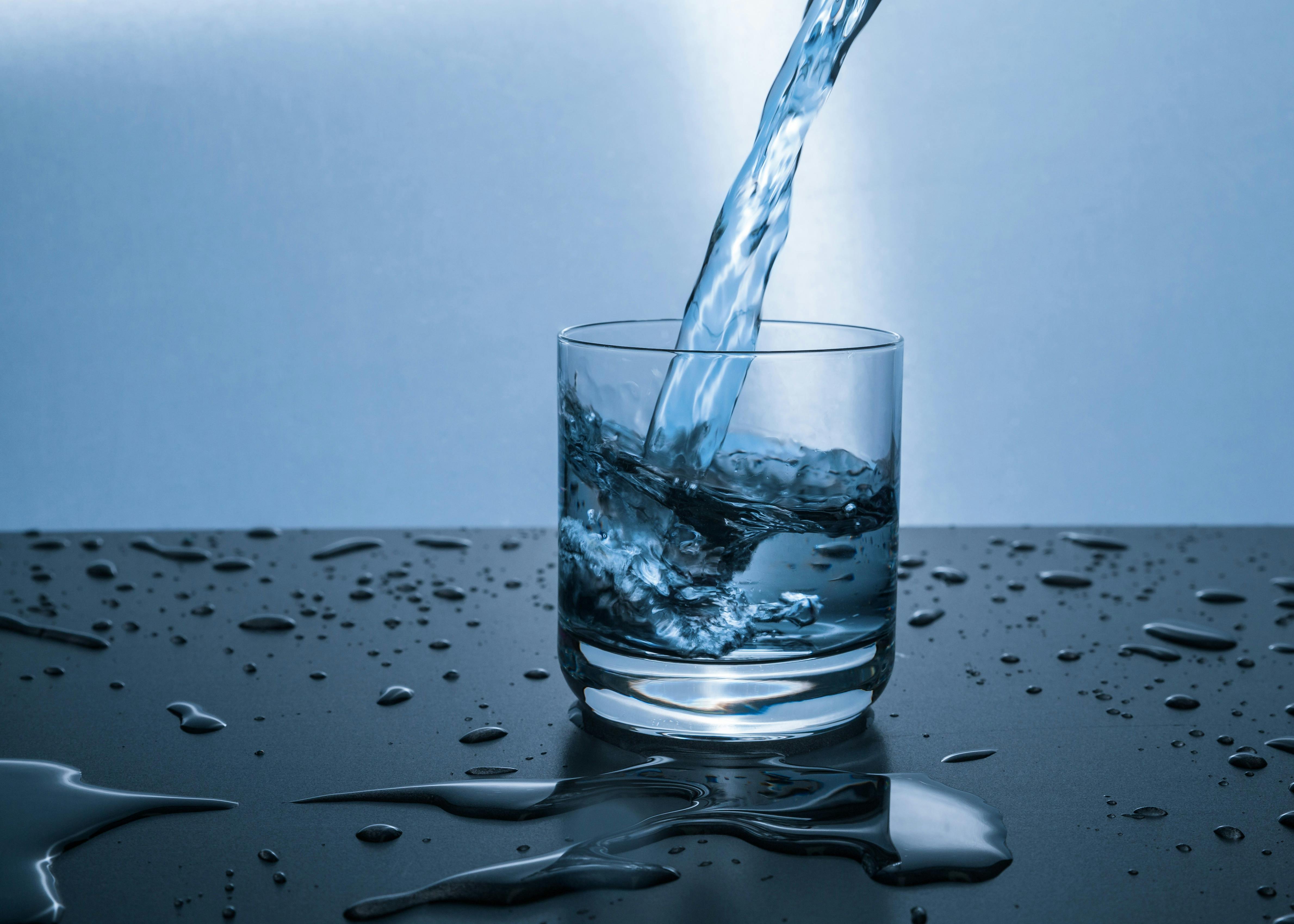Water Safe Crystals: A Guide to Choosing the Right Crystals for Infusion
Water-safe crystals have captivated enthusiasts for centuries, celebrated for their unique energies and healing vibrations. For many, crystal-infused water provides a beautiful way to incorporate powerful properties into daily life. It transforms ordinary hydration into a mindful, energetic ritual. But here’s the catch: not all crystals play well with water. Some are perfectly suited for direct infusion, while others require extra care to ensure safety.
In this guide, we’ve divided crystals into two essential categories: Safe Crystals and Conditionally Safe Crystals. You’ll discover the key factors that determine a crystal’s compatibility with water, allowing you to make informed and confident choices. Let’s unlock the secrets to crystal-infused water together!
Water Safe Crystals: Key Notes
Hardness and Durability:
Non-Reactive Properties
Natural and Untreated Crystals
Porosity and Surface Integrity
Additional Considerations
- A Mohs hardness of 6 or higher is preferred to prevent leaching, chipping, or breaking.
- Crystals below 6 are more prone to surface damage or leaching, making indirect infusion safer.
- Chemically stable crystals like Quartz and its varieties (e.g., Clear Quartz, Rose Quartz, Amethyst) are ideal.
- Crystals like Green Fluorite and Hematite react with water or dissolve over time, posing risks.
- Heat-treated, dyed, or stabilized crystals may leach harmful chemicals into the water.
- Verify the origin of the crystal and ask sellers about treatments.
- Porous crystals trap bacteria, contaminants, and residues, making them less hygienic for direct water infusion.
- Inspect for visible cracks, chips, or imperfections.
- Inclusions: Crystals with metallic or fibrous inclusions.
- Oxidation Risks: Crystals containing iron may rust or corrode in water.
- Fragility: Brittle stones or crystals with directional hardness are prone to cracking and should be handled carefully.
Safe Crystals
These crystals meet all safety criteria with no significant risks when used for direct water infusion.
| Crystal | Hardness | Non-Reactive Properties | Natural/Untreated | Porosity & Integrity | Notes |
|---|---|---|---|---|---|
| Clear Quartz | 7 | Stable | Usually natural | Non-porous | Chemically inert and commonly used for water infusion. |
| Rose Quartz | 7 | Stable | Usually natural | Non-porous | Durable and non-toxic, with smooth surface integrity. |
| Amethyst | 7 | Stable | Usually natural | Non-porous | No risk of reactivity or treatment-related issues. |
| Smoky Quartz | 7 | Stable | Usually natural | Non-porous | Safe for all infusion methods. |
| Citrine | 7 | Stable | Must be natural | Non-porous | Verify it’s natural Citrine, not heat-treated Amethyst. |
| Rutilated Quartz | 7 | Stable | Usually natural | Non-porous | Inclusions of Rutile are stable and non-toxic. |
| Carnelian | 6.5–7 | Stable | Usually natural | Non-porous | Known for vibrant energy and chemical stability. |
| Onyx | 6.5–7 | Stable | Usually natural | Non-porous | Strong and durable, ideal for direct water infusion. |
| Chrysoprase | 6.5–7 | Stable | Usually natural | Non-porous | Smooth surface integrity ensures safety. |
| Bloodstone | 6.5–7 | Stable | Usually natural | Non-porous | Durable and chemically inert. |
| Aventurine | 6.5–7 | Stable | Usually natural | Non-porous | Consistently safe for direct water use. |
| Tiger’s Eye | 6.5–7 | Stable | Untreated is preferred | Low porosity | Minimal risk, but indirect infusion is often safer due to potential inclusions. |
Conditionally Safe Crystals
These crystals may be safe under specific conditions but require verification or precautions before use.
| Crystal | Hardness | Non-Reactive Properties | Natural/Untreated | Porosity & Integrity | Things To Consider |
| Black Obsidian | 5–5.5 | Stable | Usually natural | May be porous | Brittle; avoid if chipped or cracked. Use indirect infusion if unsure. |
| Green Fluorite | 4 | Slightly reactive | Verify natural | Low durability | Soluble in water; best for indirect infusion due to leaching risk. |
| Jasper | 6.5–7 | Stable | Verify untreated | Can be porous | Porosity and treatments (e.g., dyes) must be confirmed. |
| Amazonite | 6–6.5 | Stable | Verify untreated | Can be porous | Check for natural origin and avoid dyed or stabilized pieces. |
| Sunstone | 6–7 | Stable | Verify untreated | Low porosity | Surface integrity can vary; inspect for chips or cracks. |
| Kyanite | 4–7 | Stable | Usually natural | Can be fragile | Hardness varies with orientation; best used for indirect infusion. |
| Labradorite | 6–6.5 | Stable | Verify untreated | May be porous | Ensure no visible cracks or surface issues before use. |
| Garnet | 6.5–7.5 | Stable | Verify untreated | Low porosity | Some inclusions may compromise integrity; inspect carefully. |
Click Here for a deeper understanding of the key factors that keep crystal-infused water safe.
Summing It Up: Safe Practices for Crystal-Infused Water
Choosing the right crystals for water infusion is key to ensuring both safety and effectiveness in your hydration journey. By carefully evaluating factors like hardness, reactivity, treatment history, and surface integrity, you can confidently enjoy the benefits of crystal-infused water without risking your health or the quality of your crystal.
Whether you’re captivated by the clarity of Clear Quartz or the soothing energy of Amethyst, selecting “Definitely Safe” crystals ensures a seamless experience. Crystals like Rose Quartz and Amethyst are ideal for direct infusion, while more delicate stones, such as Selenite or Malachite, shine when used with indirect methods.
Now that you understand how to choose the right crystals for water, it’s time to find the perfect crystal water bottle. The right bottle complements your chosen crystal while ensuring safety, durability, and ease of use—essential for maintaining a healthy and mindful hydration habit.
Ready to elevate your hydration experience? Our next guide will showcase the best crystal water bottles available, featuring designs that combine beauty, functionality, and safety. Explore our top recommendations to find the perfect match for safe, energized hydration!




